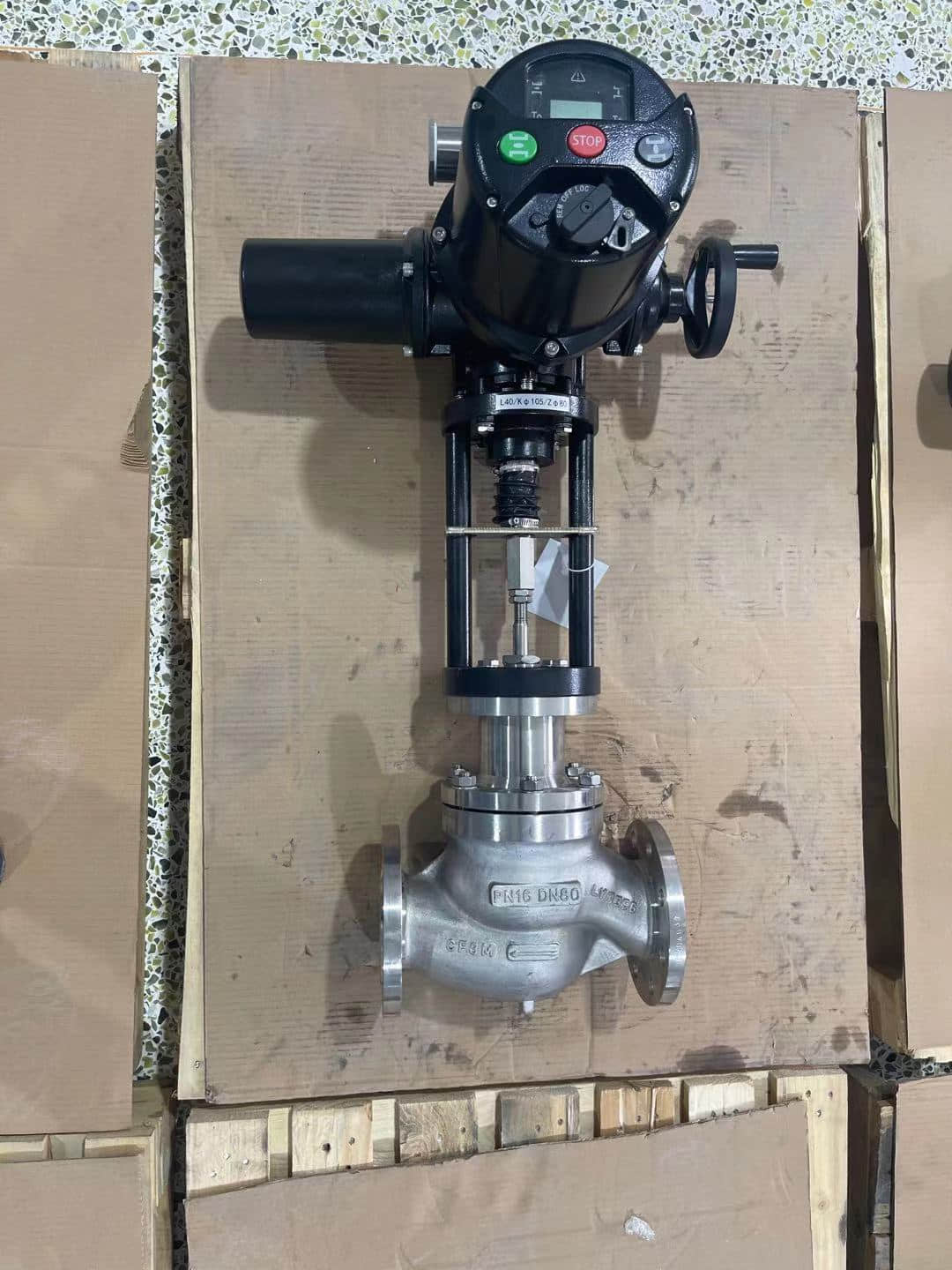electric two-seat regulating valve: a comprehensive overview
Release time:2024-12-16 02:09:26
In the world of industrial automation and process control, valves play a crucial role in regulating flow and maintaining system efficiency. Among the various types of valves, the electric two-seat regulating valve stands out due to its design and functionality. This article aims to provide a comprehensive overview of electric two-seat regulating valves, their working principles, applications, advantages, and considerations for selection.

Understanding the Electric Two-Seat Regulating Valve An electric two-seat regulating valve is a type of control valve designed to manage the flow of liquids and gases in various industrial processes. Unlike traditional valves, which may use manual operation, these valves are actuated electronically, allowing for precise control and automation. The "two-seat" design refers to the valve's construction, which features two seating surfaces. This design allows for better sealing capabilities and improved flow control.
Working Principles
The electric two-seat regulating valve operates on the principle of adjusting the position of the valve disc or plug within the valve body. The electric actuator receives a signal from a control system, which could be a Programmable Logic Controller (PLC) or a Distributed Control System (DCS). Based on this signal, the actuator adjusts the valve's position, which determines the flow rate of the medium passing through it.

